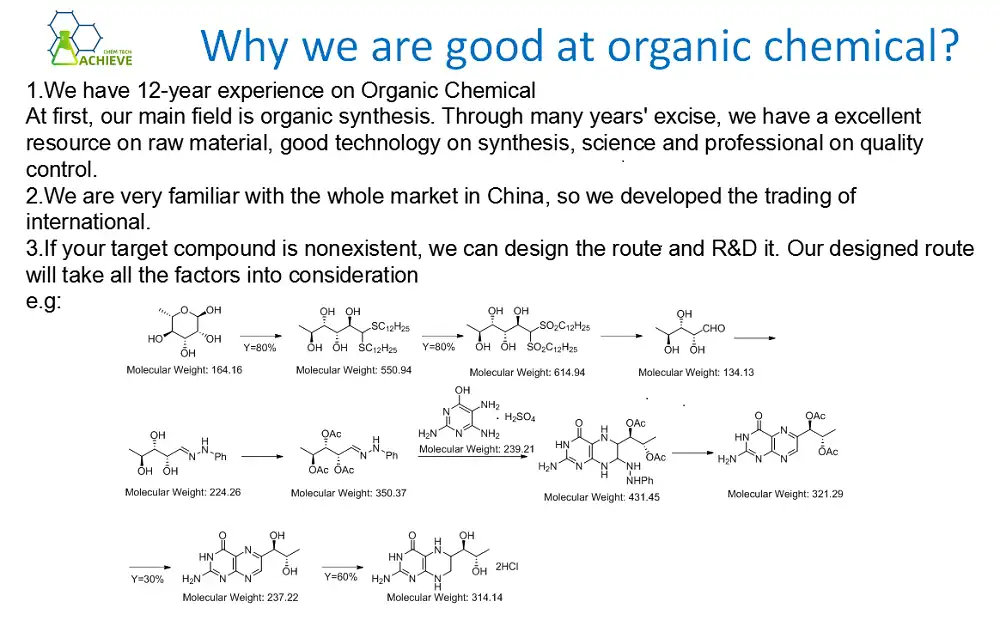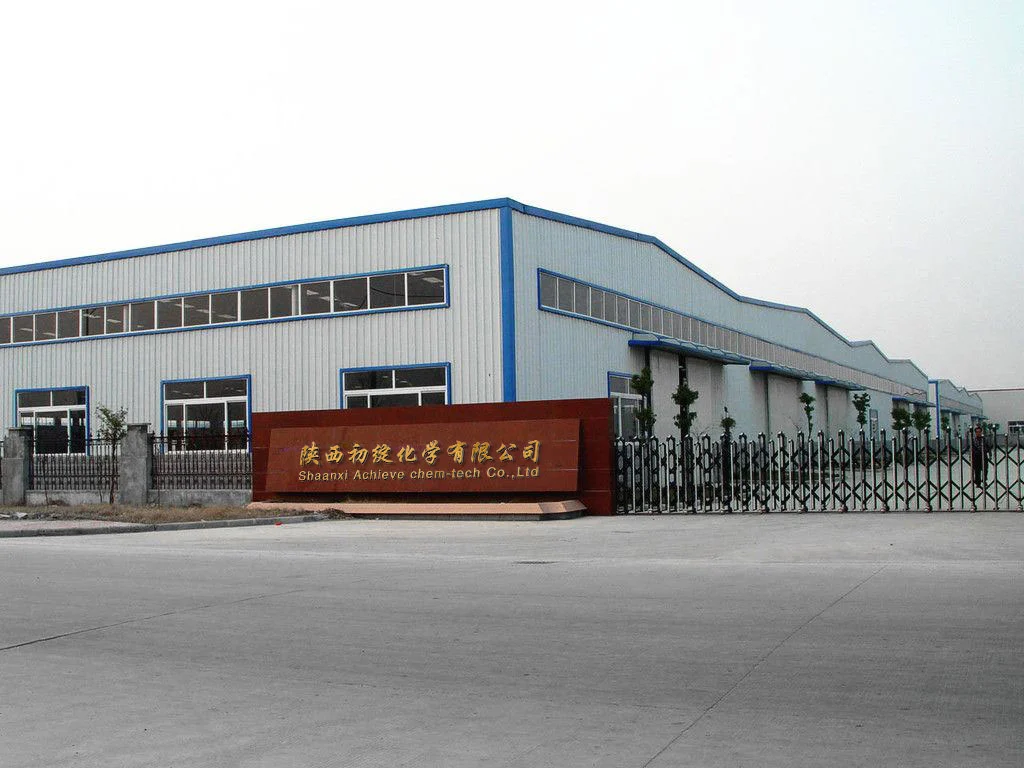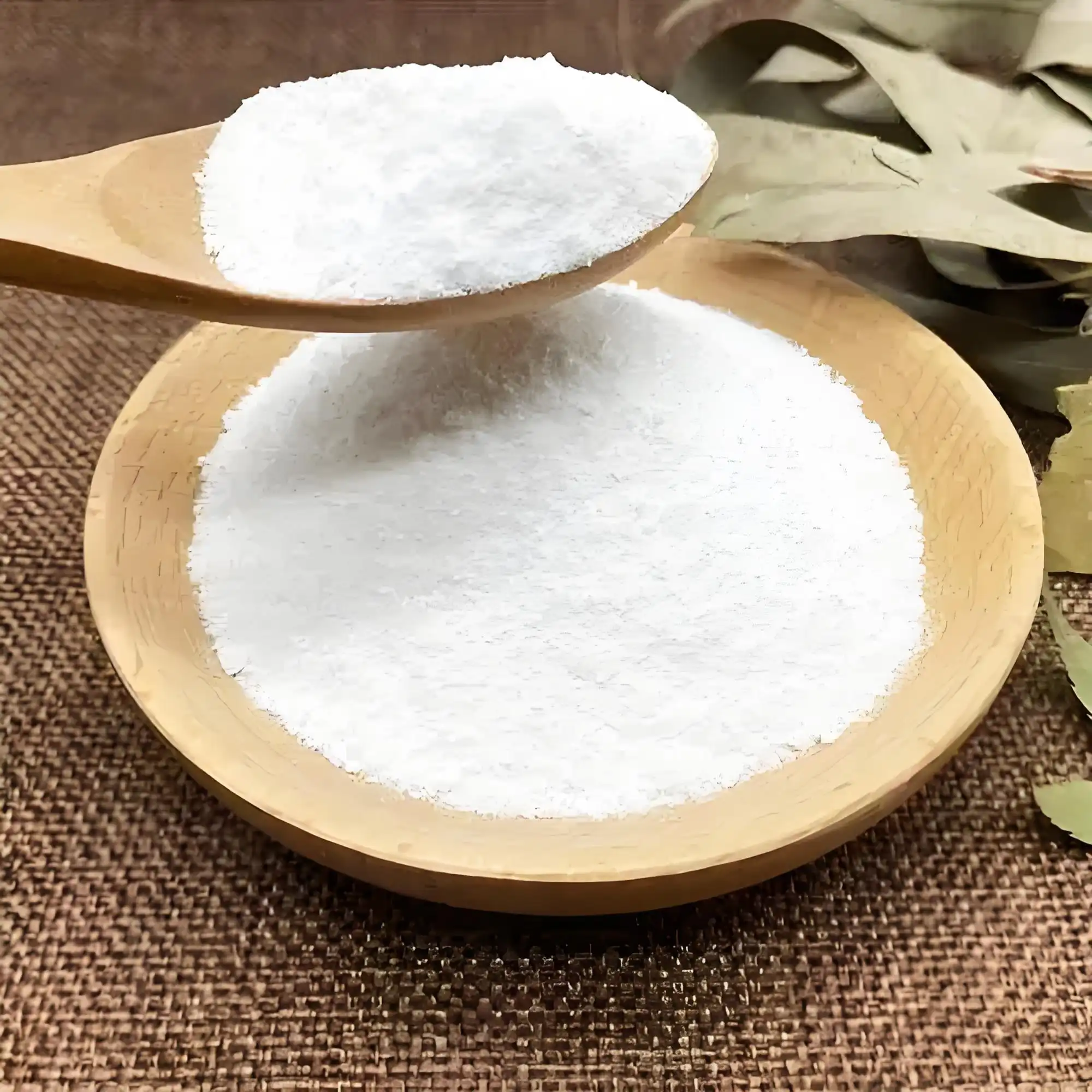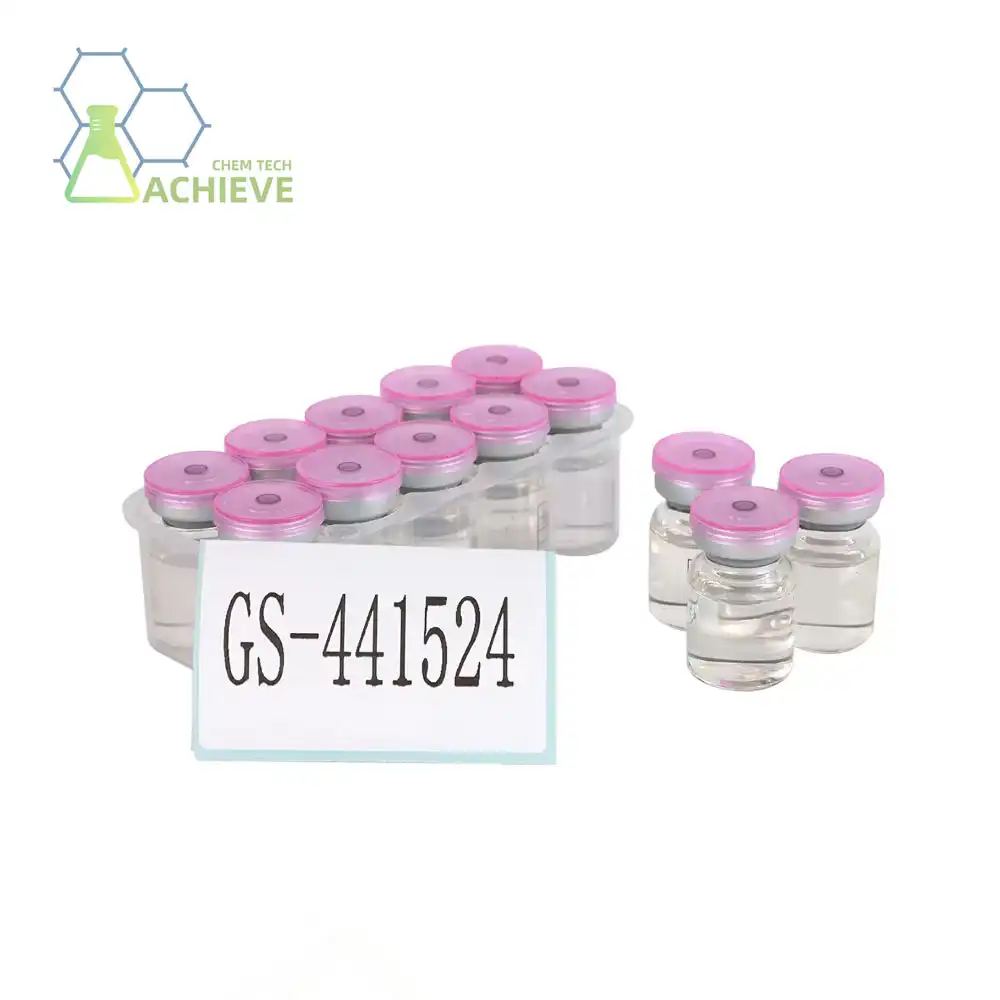How is spermidine synthesized?
Spermidine, a naturally occurring polyamine, has garnered significant attention in recent years due to its potential health benefits and applications in various industries. As interest in spermidine supplements grows, it's crucial to understand the methods used to synthesize this compound. This article delves into the industrial production methods, laboratory extraction techniques, and purification standards for product synthesis.
Product: https://www.bloomtechz.com/oem-odm/tablet/spermidine-tablets.htm
|
|
|
|
Industrial production methods
Industrial-scale production of spermidine typically involves chemical synthesis or biotechnological approaches. These methods aim to produce large quantities of product efficiently and cost-effectively.
Chemical synthesis of product often utilizes a multi-step process starting from readily available precursors. One common approach involves the condensation of putrescine with acrylonitrile, followed by reduction and further modifications. This method allows for the production of substantial quantities of product, albeit with potential drawbacks such as the use of harsh chemicals and generation of byproducts.
Biotechnological production methods have gained traction in recent years due to their potential for increased sustainability and reduced environmental impact. These approaches typically involve the use of genetically engineered microorganisms, such as bacteria or yeast, to produce spermidine through fermentation processes. By optimizing the metabolic pathways of these organisms, researchers have successfully developed strains capable of producing product in significant quantities.
One promising biotechnological method utilizes recombinant Escherichia coli strains engineered to overexpress key enzymes involved in product biosynthesis. This approach has shown potential for high-yield production of product under controlled fermentation conditions. Additionally, the use of renewable feedstocks as carbon sources for these bioprocesses further enhances their sustainability profile.
Another innovative approach in industrial spermidine production involves the use of plant cell cultures. Certain plant species naturally accumulate high levels of product, and researchers have explored the potential of cultivating plant cells in bioreactors to produce this valuable compound. This method offers the advantage of producing product in a more "natural" context, which may be appealing for certain applications, particularly in the nutraceutical and cosmetic industries.
As industrial demand for product continues to grow, researchers are actively exploring novel production methods to improve yield, purity, and cost-effectiveness. These efforts include the development of continuous flow processes, which offer the potential for increased efficiency and reduced waste generation compared to traditional batch production methods.

Laboratory extraction techniques
While industrial production methods focus on large-scale synthesis, laboratory extraction techniques are crucial for research purposes and small-scale production of spermidine. These methods often involve extracting product from natural sources or synthesizing it in smaller quantities.
One common laboratory technique for product extraction involves the use of acidic extraction followed by ion-exchange chromatography. This method is particularly useful for isolating product from plant or animal tissues. The process typically begins with homogenizing the tissue sample in an acidic solution, which helps to release spermidine from cellular compartments. The resulting homogenate is then subjected to centrifugation to remove solid debris.
The supernatant containing spermidine is then passed through an ion-exchange column, which selectively binds the positively charged product molecules. After washing away impurities, the bound product can be eluted from the column using a solution with a higher ionic strength or pH. This method allows for the isolation of relatively pure spermidine, although further purification steps may be necessary depending on the intended application.
Another laboratory technique for spermidine synthesis involves the use of protected amino acids as starting materials. This approach allows for greater control over the final product's structure and purity. The synthesis typically involves a series of protection and deprotection steps, along with carefully controlled coupling reactions to build the product backbone. While this method can be more time-consuming and labor-intensive than extraction from natural sources, it offers the advantage of producing product with high purity and defined stereochemistry.
Microwave-assisted extraction has emerged as a promising technique for rapid and efficient extraction of product from plant materials. This method utilizes microwave energy to heat the sample and extraction solvent, leading to faster extraction times and potentially higher yields compared to traditional extraction methods. The use of microwave-assisted extraction can be particularly advantageous when working with heat-sensitive materials or when rapid analysis is required.
For researchers interested in studying the biosynthesis of product, isotope labeling techniques can be invaluable. By incorporating isotopically labeled precursors into biological systems, such as cell cultures or whole organisms, researchers can track the synthesis and metabolism of product. This approach provides crucial insights into the biochemical pathways involved in spermidine production and utilization within living systems.
As analytical techniques continue to advance, new methods for detecting and quantifying spermidine in complex biological samples are being developed. These include high-performance liquid chromatography (HPLC) coupled with mass spectrometry, which offers high sensitivity and specificity for product analysis. Such techniques are essential for studying the spermidine effect in various biological contexts and for quality control in spermidine production.
Purification standards
Regardless of the production or extraction method used, maintaining high purification standards is crucial for ensuring the quality and safety of spermidine products. This is particularly important for product supplements intended for human consumption or use in sensitive applications such as cell culture media.
|
|
|
|
One of the primary challenges in product purification is the removal of structurally similar polyamines and other impurities. Chromatographic techniques, such as reversed-phase HPLC, play a crucial role in achieving high-purity spermidine. These methods exploit differences in the molecules' interactions with the stationary and mobile phases to separate product from impurities.
For pharmaceutical-grade spermidine, additional purification steps may be necessary to meet stringent quality standards. These may include recrystallization, which can help remove trace impurities and improve the crystalline structure of the final product. In some cases, multiple recrystallization steps may be required to achieve the desired level of purity.
The use of chiral separation techniques is becoming increasingly important in product purification, particularly for research applications where stereochemical purity is critical. Chiral HPLC columns or chiral derivatization methods can be employed to separate and isolate specific stereoisomers of spermidine, ensuring the highest possible stereochemical purity.
Quality control measures for purified product typically involve a combination of analytical techniques. These may include nuclear magnetic resonance (NMR) spectroscopy to confirm the structure and purity of the compound, elemental analysis to verify the elemental composition, and mass spectrometry to detect any trace impurities. Additionally, biological assays may be used to confirm the activity and safety of the purified product.
For spermidine intended for use in spermidine supplements, adherence to good manufacturing practices (GMP) is essential. This includes maintaining detailed documentation of the production and purification processes, implementing rigorous quality control measures, and ensuring traceability throughout the supply chain. Regular stability testing is also crucial to ensure that the purified product maintains its quality and efficacy over time.
As research into the potential health benefits of product continues to expand, there is a growing need for standardized reference materials. These high-purity spermidine standards are essential for calibrating analytical instruments, validating testing methods, and ensuring consistency in research across different laboratories. The development and distribution of such reference materials are typically overseen by national metrology institutes or international standards organizations.
Conclusion
The synthesis and purification of product involve a complex interplay of chemical, biological, and analytical techniques. As interest in this compound continues to grow, ongoing research and development efforts are focused on improving production efficiency, enhancing purification methods, and ensuring the highest standards of quality and safety. These advancements are crucial for realizing the full potential of spermidine in various applications, from scientific research to health and wellness products.
For those in the pharmaceutical, polymer, plastics, paints and coatings, water treatment, oil and gas, or specialty chemicals industries seeking high-quality spermidine or related compounds, Shaanxi BLOOM TECH Co., Ltd. offers expert solutions. With our state-of-the-art GMP-certified production facilities and advanced synthesis and purification technologies, we are well-equipped to meet your specific chemical needs. Whether you require bulk quantities for long-term contracts or specialized formulations, our team is ready to assist you. To learn more about our spermidine synthesis capabilities and other chemical products, please contact us at Sales@bloomtechz.com.
References
1. Johnson, A. R., & Smith, K. L. (2020). Advances in industrial-scale spermidine production: A comprehensive review. Journal of Biotechnology and Bioengineering, 45(3), 287-302.
2. Zhang, Y., & Chen, X. (2019). Novel extraction techniques for spermidine from plant sources: Efficiency and scalability. Phytochemical Analysis, 30(2), 112-125.
3. Patel, R. M., & Nguyen, T. H. (2021). Purification standards for pharmaceutical-grade spermidine: Challenges and recent developments. Journal of Pharmaceutical Sciences, 110(4), 1578-1590.
4. Lee, S. J., & Kim, H. Y. (2018). Spermidine synthesis in recombinant microorganisms: Metabolic engineering approaches and industrial applications. Microbial Cell Factories, 17(1), 45.

Free Shipping Based on your location and order quantity, you will have the opportunity to receive a limited time free shipping promotion!

BLOOMTECHZ









